L3Harris Technologies has successfully tested a new power plant system for the Stored Chemical Energy Propulsion System (SCEPS) that will drive the U.S. Navy’s MK 54 MOD 2 Increment 2 Advanced Lightweight Torpedo, according to a company editorial published on 1 August.
The power plant system, developed by Aerojet Rocketdyne, a subsidiary of L3Harris, is a core component of the SCEPS propulsion architecture.
Its successful test is described as a key milestone ahead of design verification testing of the full integrated torpedo system, expected later this year.
“The power plant system is at the very heart of the propulsion system that will power the Navy’s MK 54 MOD 2 torpedo,” said Scott Alexander, President of Missile Solutions at Aerojet Rocketdyne. “We are pleased with the performance of the system during these tests and look forward to completing design verification testing of the entire afterbody later this year.”
L3Harris is under contract to deliver proof of design for the complete propulsion system, including the power plant, tail, and afterbody. The propulsion system is built at the company’s Center of Excellence for Undersea Propulsion Manufacturing in Orlando, Florida, which houses the only SCEPS production capability in the U.S. industrial base.
SCEPS uses a lithium boiler to produce steam that drives a turbine, offering higher performance than traditional propulsion systems. While the Navy contract drives the primary programme, L3Harris has also been independently funding development and testing of additional SCEPS components.
The MK 54 MOD 2 torpedo is part of the U.S. Navy’s next generation of undersea weapons. The new propulsion system is hoped to deliver enhanced speed, range, and manoeuvrability against increasingly sophisticated threats.


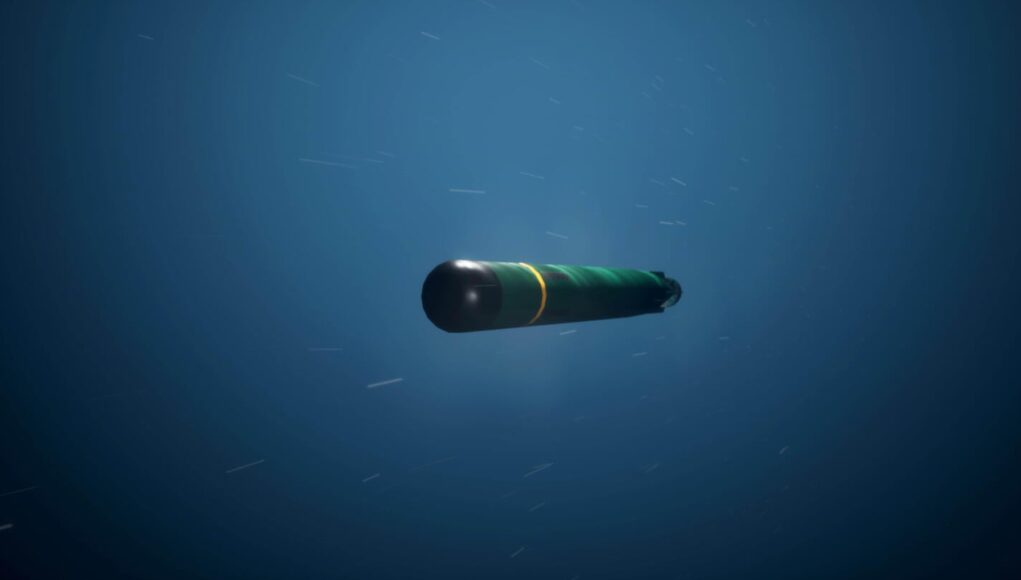
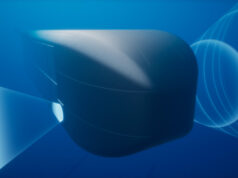
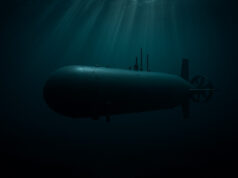

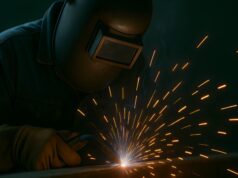

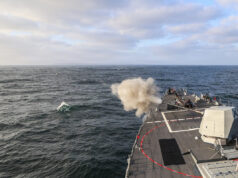
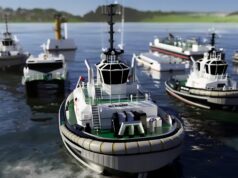
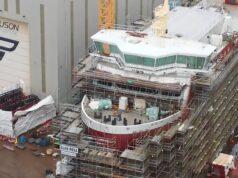
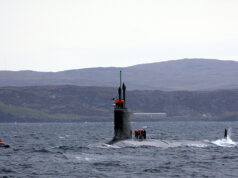
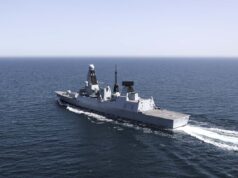

“SCEPS uses a Lithium boiler to produce steam that drives a turbine”.
“Steampunk” is alive and well in the Colonies !
It will go well with their Anarcho-capitalism style of governance and proclivity to personal assault weapons.
😀
An interesting idea.
Sea Water plus lithium metal = a lot of energy. A level chemistry tells you that.
The issue are more around safety – how do you control it so that if moisture does get in while ‘on the rack’ – in the tube is easier as you just get rid of it out of the tube.
If Seawater gets to one on a rack, I guess they are already in trouble.
“Up to their necks in it”
Not necessarily so.
Things drip and spray small amounts of water at very high pressure.
Torpedoes are opened for maintenance…..
These are mostly launched by the P8 and surface ships. I don’t think anyone does a sub launch. They’re used to hazardous materials, and the risk is low.
@ Submitten
True but they also go on the end of ASROC type systems.
There are explosive hazards that are mitigated by inert materials being used. Rocket fuel hazards by flooding or denunciation.
What are the rational control measures for this hazard? Ceramic containment I would guess…..
Submitten.
Am I remembering this very issue causing the Kursk to Implode ? (obviously not Lithium but some other highly unstable substance).
Maybe the “Sub” Torpedo handlers should wear “Mittens”.
SB, I think Submitter’s Hexafluoride below is a way of making an extremely unreactive gas by surrounding e.g. a Sulphur atom with several fluoride ions. So very safe indeed, but very difficult to get rid of.
@TorpedoJ
SF6 would be, to all intents and purposes, totally unreactive and so useless for propulsive energy release.
This is all to do with high amounts of controlled energy release.
Even neutralising flourine would release a lot of energy with the lowest redux potential difference you could get away with to bind it. So for safety you could surround the fluorine flask with something it reacts with to stop it going AWOL in case of a flask failure.
@supportive bloke
Well if you want to get technical. They don’t sue water, but hexafloiride in a closed loop system. So there’s no need for water to get in.
I’d be more worried about the hexafloiride leaking than getting a torpedo wet 🙂
You can keep them separated with a plug that has a pyrotechnic inside that fires on demand/contact, just like any other weapon you arm it as it leaves the launcher.
Fluorine gas is distinctly dangerous to work with.
The only thing is that is good is that when it binds to something it is bound and that is that! So it becomes non toxic on binding.
It can be filtered out of the air system by reaction with just about anything.
Supportive Bloke.
I need some of that after a Curry.
“Blazing Saddles Beans Scene”
I’m sorry I thought garrett corp now Honeywell developed the sceps engine for the alwt later to be mk50. I remember working on it in the 1980’s. It used SF6 and molten lithium combustion in a container were the heat generated was used to produce steam driving a turbine. Not aerojet!
You are absolutely right Don
Sting Ray Mod 2 or MK 54 MOD 2 Increment 2? That is the question…🤔😉
The UK dabbled with this in the 1980s. The US before that. The benefit of the closed loop system is that, with no exhaust the round is quieter and turbine performance does not reduce as the vehicle increases depth. There are a lot of technical risks though!
Looks to me like everyone on this thread knows nothing about SCEPS propulsion (except Don Mittendorf). Do your remember me Don? I remember you. Garrett Fluid Systems Division first got the boiler (inner/outer tube coils encasing an SF6/LI reaction chamber) working in 1984 at both the MK50 scale (known as the MK50 SCEPS) and then at the MK48 scale. The development effort was very interesting. Garrett started out with some fundamental efforts by Penn State ARL but had to scale things up. Management of the light-off and start-up procedures (pyrotechnics encased within the Li, selection of the ullage volume, injection of the SF6 into the heated Li bath (after precise firing of the pyrotechnics), monitoring SF6 two-phase flow for precise enthalpy release, avoiding significant product layer formation (particularly when “floating” by the inner coil), avoiding entering two phase (water/steam) on the inner coil at lower power, . . .) were just starters at the boiler level. Another fun problem was the hull integrated condenser which had to be sized for complete condensation in warm water at shallow depths but not freeze up under an ice-cap. There were hundreds more system/component problems to master. We got to most all of them and then most of the big Soviet submarines were dry docked and you didn’t need a SCEPS engine anymore.
I can’t help wondering whether using that steam to drive the torpedo directly wouldn’t be more efficient? Presumably it was considered and rejected but I’d love to know why.